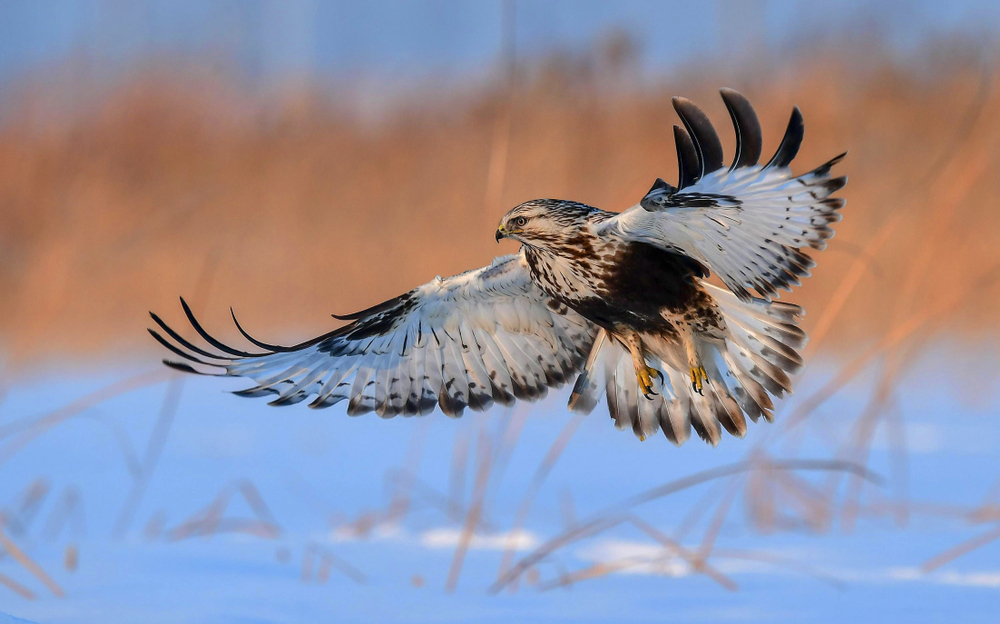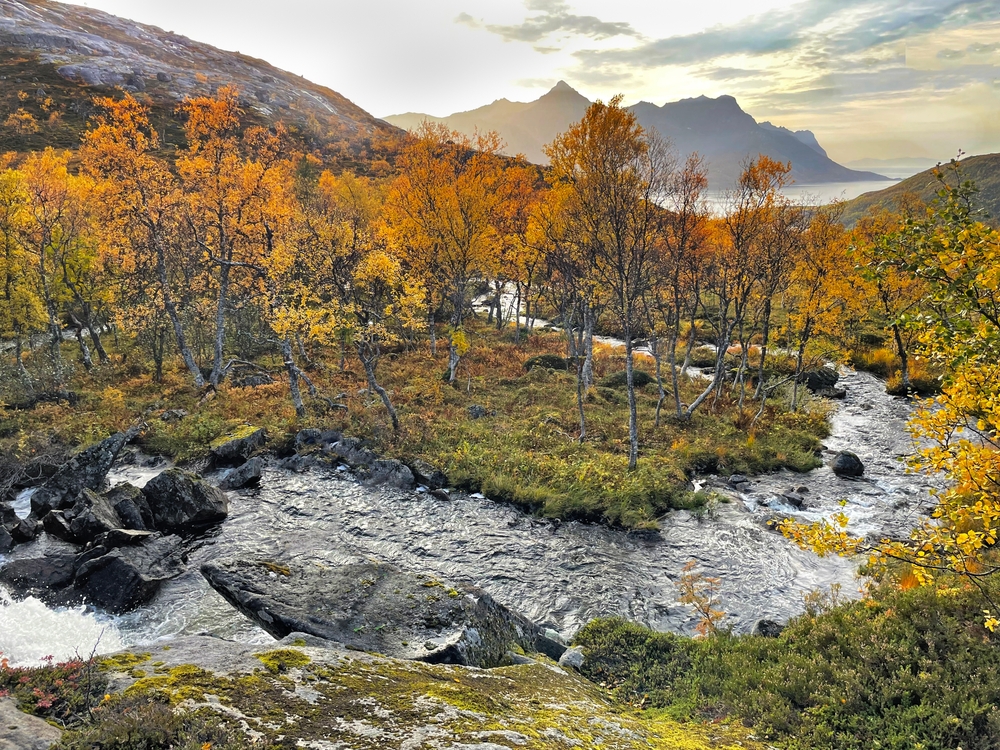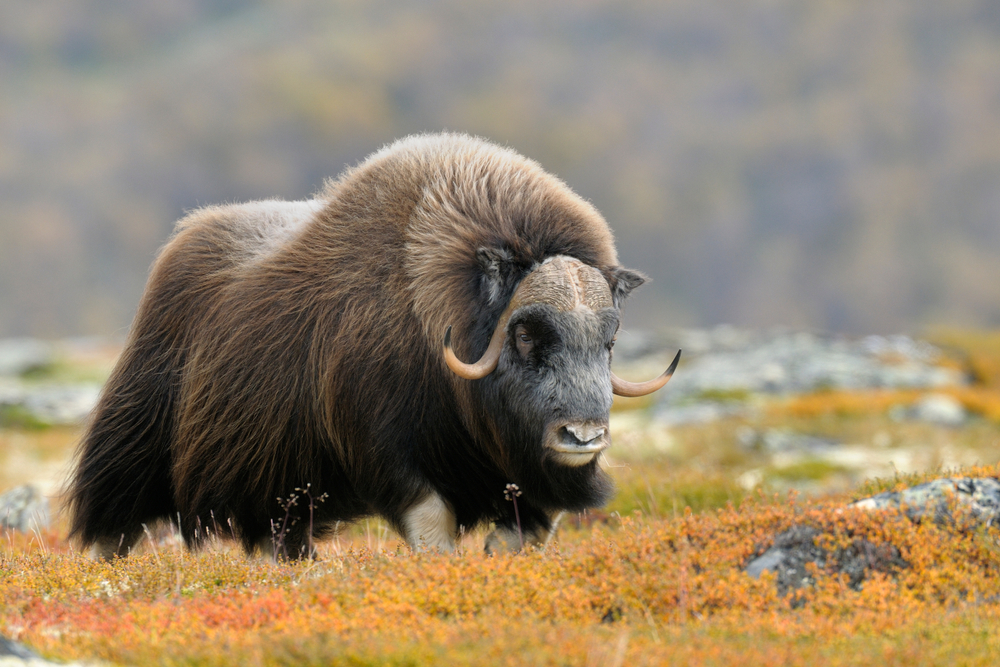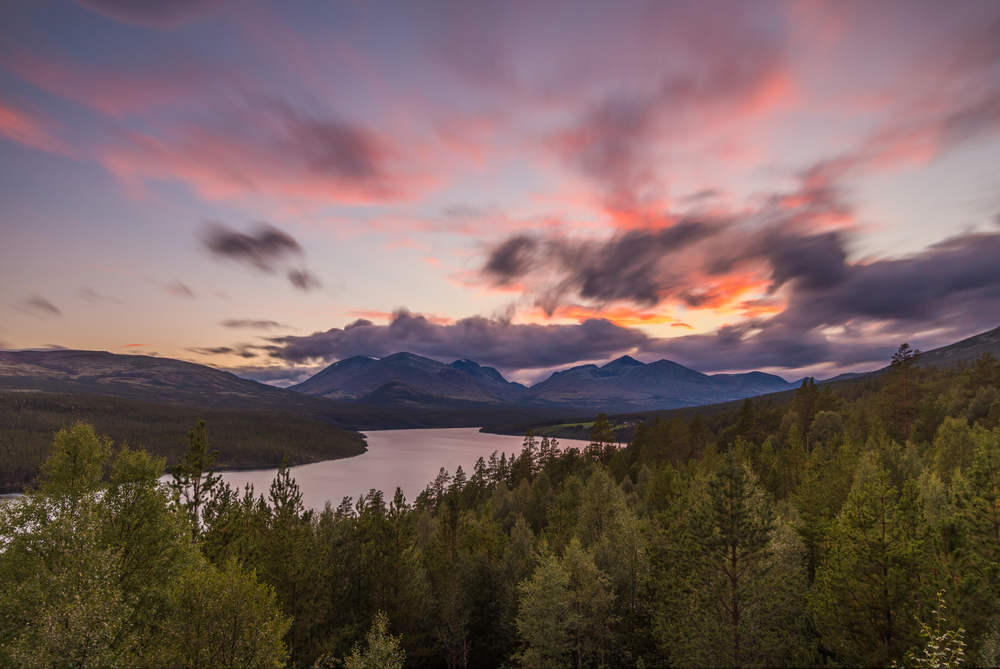Blåfjella-Skjækerfjella Overview
Blåfjella-Skjækerfjella National Park, known as Blåfjella-Skjækerfjella nasjonalpark in Norwegian, is one of Norway’s largest protected areas, covering approximately 741 square miles (1,915 square kilometers).
Located in Trøndelag County, the park spans across the municipalities of Snåsa, Grong, Lierne, Steinkjer, and Verdal. Established in 2004, this vast wilderness is characterized by a stunning diversity of landscapes, from towering mountain peaks and rolling plateaus to deep valleys, vast forests, and pristine waterways. The park is part of the Scandinavian Mountains, featuring rugged terrain with peaks such as Blåfjella and Skjækerfjella, which give the park its name.
Numerous rivers, lakes, and bogs weave through the landscape, with the most prominent being the Skjækra River, which meanders through the region, creating breathtaking waterfalls and serene alpine lakes. The park’s vegetation varies with altitude, consisting of boreal forests dominated by spruce, pine, and birch in the lower elevations, while higher altitudes transition to alpine tundra with hardy mosses, lichens, and shrubs.
Blåfjella-Skjækerfjella National Park is home to an array of wildlife, offering a glimpse into Norway’s rich natural heritage. Among the most notable mammals found here are Eurasian lynx, wolverines, and moose, as well as red foxes, reindeer, and brown bears, which roam freely through the park’s expansive terrain. The region is particularly significant for its population of wild mountain reindeer, which have long inhabited these remote areas.
Birdwatchers can find a variety of species, including the golden eagle, rough-legged buzzard, and several owl species such as the great grey owl. The wetlands and lakes provide a crucial habitat for wading birds and waterfowl, including the whooper swan and black-throated loon, making the park an excellent destination for ornithological enthusiasts.
One of the park’s most popular attractions is the Skjækerfjella massif, which offers some of the most breathtaking panoramic views in the area. The pristine lakes and rivers, such as Holderen and Grønningen, are favored spots for fishing and canoeing.
The park is also a prime destination for hiking, with an extensive network of trails leading visitors through forests, over mountain passes, and across expansive plateaus. The Norwegian Trekking Association (DNT) maintains several marked trails, but much of the park remains a true wilderness, ideal for experienced hikers and adventurers seeking solitude. In winter, the landscape transforms into a vast snowy expanse, making it a favored location for backcountry skiing and snowshoeing.
Conservation efforts in Blåfjella-Skjækerfjella focus on maintaining the park’s delicate balance between human use and ecological preservation. The area is protected under Norwegian law, with efforts aimed at conserving its pristine environment while allowing sustainable outdoor activities.
Challenges include managing the impact of tourism and maintaining viable populations of key species, such as the wild reindeer, which face habitat fragmentation. However, the park has successfully preserved vast, undisturbed habitats that allow wildlife to thrive. Local Sámi communities have historically used the land for reindeer herding, and their traditional practices continue in harmony with conservation goals, ensuring that the park remains both a cultural and ecological treasure.














































































